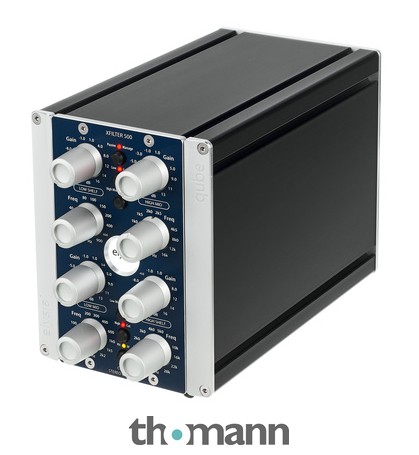Miguelón
Major Contributor
Hello, I never used a subwoofer and want to complete my Genelec 8020D stereo setup.
I’m complete naive with 2.1 systems, if I only install one sub (7040 in this case) this one will reproduce mono signal mixing left and right channels, so this will not cause phase cancellation and imaging degradation?
I red on the Genelec website the phase alignment with one of the monitors, so the other will be out of phase.
Can anyone oriented me if is a good idea for to complete my setup with the 7040 given that I listen to classical music most of time or use the monitors on my Kawai ES920 digital piano?
I’m complete naive with 2.1 systems, if I only install one sub (7040 in this case) this one will reproduce mono signal mixing left and right channels, so this will not cause phase cancellation and imaging degradation?
I red on the Genelec website the phase alignment with one of the monitors, so the other will be out of phase.
Can anyone oriented me if is a good idea for to complete my setup with the 7040 given that I listen to classical music most of time or use the monitors on my Kawai ES920 digital piano?



